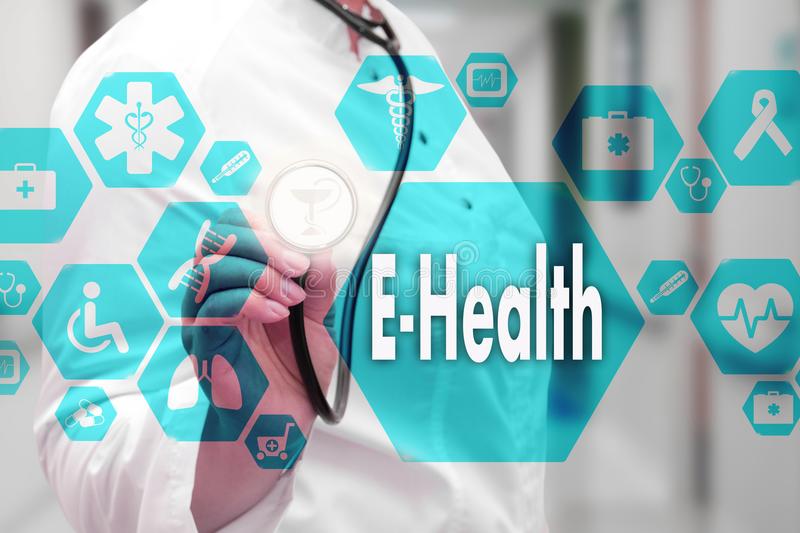
Many academics believe that telemedicine could be the future of medicine. As we move into a more virtual world, will telemedicine pose a greater threat to patient-doctor interaction or solve the bottlenecks that currently affect the patient-doctor experience?
Given recent advancements in the medical field, it is only safe to say that telemedicine has always been an unavoidable reality. Time is one of the major issues that telemedicine tends to solve by its very existence.
What exactly is time in the context of medicine? Time provides access to health care without the rigors of long waiting hours caused by insufficient medical staff who are stretched, it also limits personnel and logistics issues such as: long distance, high cost of transportation and also unavailability of certain specialist doctors in the vicinity. Telemedicine and EHealth helps in relieving the strain on the health-care system, resulting in a better and more efficient working environment.
Furthermore, telemedicine has a significant economic impact in that it deemphasizes physical consultation, allowing other forms of economic, social, and recreational activities to be carried out concurrently as medical consultation without one substituting the other, allowing economic activities to continue.
Despite its benefits, E-health may jeopardize the patient-doctor relationship. The ability of the patient to express themselves is critical in the preliminary diagnosis. Patients who are unable to adequately express their plight due to various factors such as speech defect, language barrier, age (elderly and young patients), and so on, will have a negative impact on the quality of the diagnosis. Furthermore, E-health would be ineffective for patients who are critically ill, have an emergency, or are unconscious or have altered consciousness; such patients should be admitted to the hospital.
Physical examination is also a key method of diagnosis in medicine. E-health, by definition, eliminates physical examination, which lowers the quality of diagnosis. Medicine is a blend of not only the knowledge of a disease but also the various methods used to detect its presence.
In conclusion, the discussion should not be about the opportunities and obstacles in telemedicine as stated earlier in this article. Telemedicine is an important component of modern medicine, so creating an enabling environment where its services can be readily accessible is important in solving some of the major bottlenecks affecting the healthcare system.